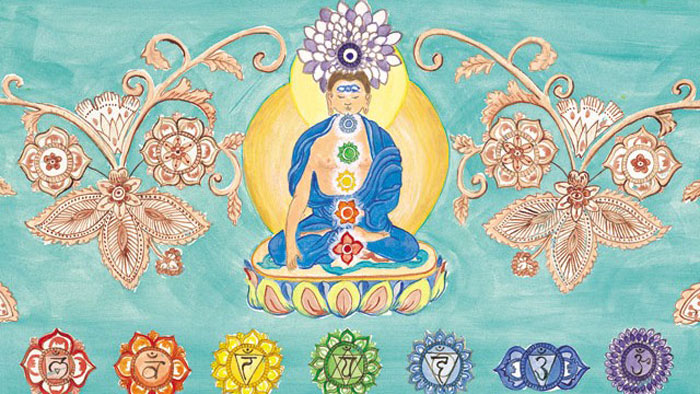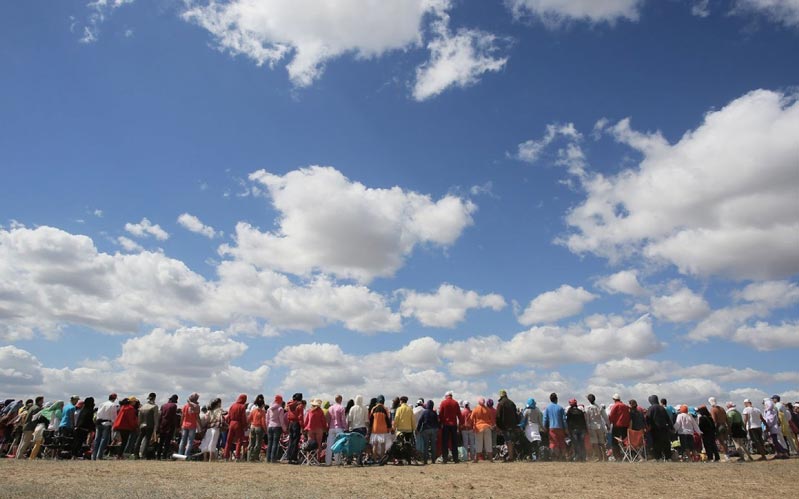The Mysteries of Tantra
“In the purified heart the knowledge of Brahman grows.” (chapter VII., verse 94)
The text itself has been assigned to a group of sixty-four known as the Rathakranta and published first by the Adi-Brahma-Samaja in 1798, printed in Bengali characters. Only the first part of the translation of this precious text is published, since copies of complete tantras are rare, and given the fact they are written in Sanskrit, even more difficult to be translated by the unitiated eye which does not have the Indian vision and knowledge.
In the first chapter of Introduction, there is a description of all the major mysteries, which for someone who can easily read the symbolism can seem very familiar and known, but to others may be covered with a veil of ignorance of ordinary understanding. The Mountain and its significance, Shiva & Shakti, the Gunas of nature, The five sheaths or koshas, The Ages or yugas, Varna or castes, Correspondance between Microcosm and Macrocosm, Nadis or energetic subtle channels, Chakras or energetic centers, The three Temperaments, Guru, Initiation or Diksha, Sadhana or spiritual practice, Forms of Achara or Worship, Mantra, Yantra, Mudra, Vrata, Tapas, Japa, Niyasa.
Shiva and Shakti
We will look at some of these mysteries. Let’s begin.
Mount Kailasa is the symbol of the unimaginable spiritual heights, the goal of all goals. “The Abode of Snow” might be considered the beginning of all beginnings and the end of all ends. It’s where the spiritual search begins, the spiritual thirst, as well as where it’s being quenched. It’s the cool Paradise of Shiva, where Mount Meru arises, and Shiva and Parvati, with their daughter of the Mountain King, have their abode.
It is not necessary to go to the Himalayas to find Shiva, the ultimate consciousness, since he has his mystic abode in the sahasrara padma (crown chakra) of the human being and can be found wherever one worships Him. The great mystery of the mountain, nevertheless, makes us ponder upon the greatness of creation, sanctifying our view and making us always keep our eyes up.
“He who thinks of Himachala, though he should not behold him, is greater than he whoperforms all worship in Kashi (Beneres). In a hundred ages of the Devas I could not tell thee of the glories of Himalacha. As the dew is dried up by the morning sun, so are the sins of mankind by the sight of Himachala.”
Shiva & Shakti are revered as the essence of creation, yin and yang, active, dynamic energy and passive, observing consciousness. That eternal immutable existence which transcends turiya is the Absolute, the Creator, the supreme Brahman or Para-brahman, without Prakriti (nishkala) or Her attributes.
The Gunas
Guna literally means “quality” in the absence of a better translation. The gunas constitute the entire creation and manifested nature, which is Prakriti. Everything which exists contains the 3 gunas in different proportions. The gunas are: sattva, rajas, and tamas. The functions of these three gunas are to reveal, to make active and to suppress, respectively.
“All Nature which issues from Her, the Maha-karana-svarupa, is called trigunatmaka, and it is composed of the same guna in different states of relation to one another. The UNREVEALED Prakriti (avyakta-prakriti) or Devi is the state of stabile equilibrium of these three guna. When this state is disturbed the manifested universe appears.”
The nature of sattva and tamas is static, while that of rajas is dynamic. This is why we see the importance of awakening the inner subtle fire, which is in connection (to some extent) with rajas, since sattva and tamas can neither reveal nor suppress without being first rendered active by rajas.
In an ordinary human being (jiva), tamas is more active than in the case of the gods (devas), but if compared to an animal, it is very much reduced. Tamas is even more active in the vegetable world than in the animal one.
It is clear that the “upward” movement from the predominance of tamas to that of sattva represents spiritual progress for the jivatma or the incarnated soul.
In one man, one guna may be more or less predominant. In a man in whom sattva guna predominates, his temperament will be sattvik, he will be a divyabhava. In another man, rajas guna will predominat,e and he will be described as rajasik or virabhava. If tamas guna predominates, he will be described as tamasik or as a pashu.
From viveka, or mental discernment, arises the recognition of pain and pleasure, the conception of right and wrong, of transitory and intransitory and so forth – all of which are the activity of sattva. Human life and birth, with its mental functions, are of huge importance for spiritual development.
In the next article, we will dive deep into the yugas, or ages, which are big cycles of time, lokas or worlds, inhabitants of the worlds, as well as the subtle sheaths or layers of the body and the chakras.
To be continued…


